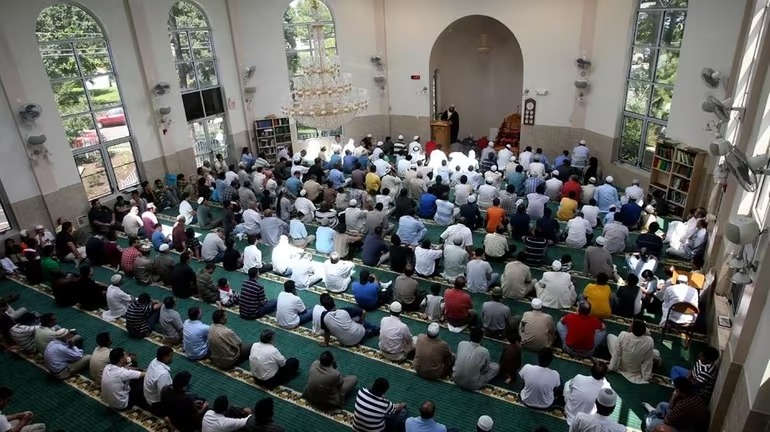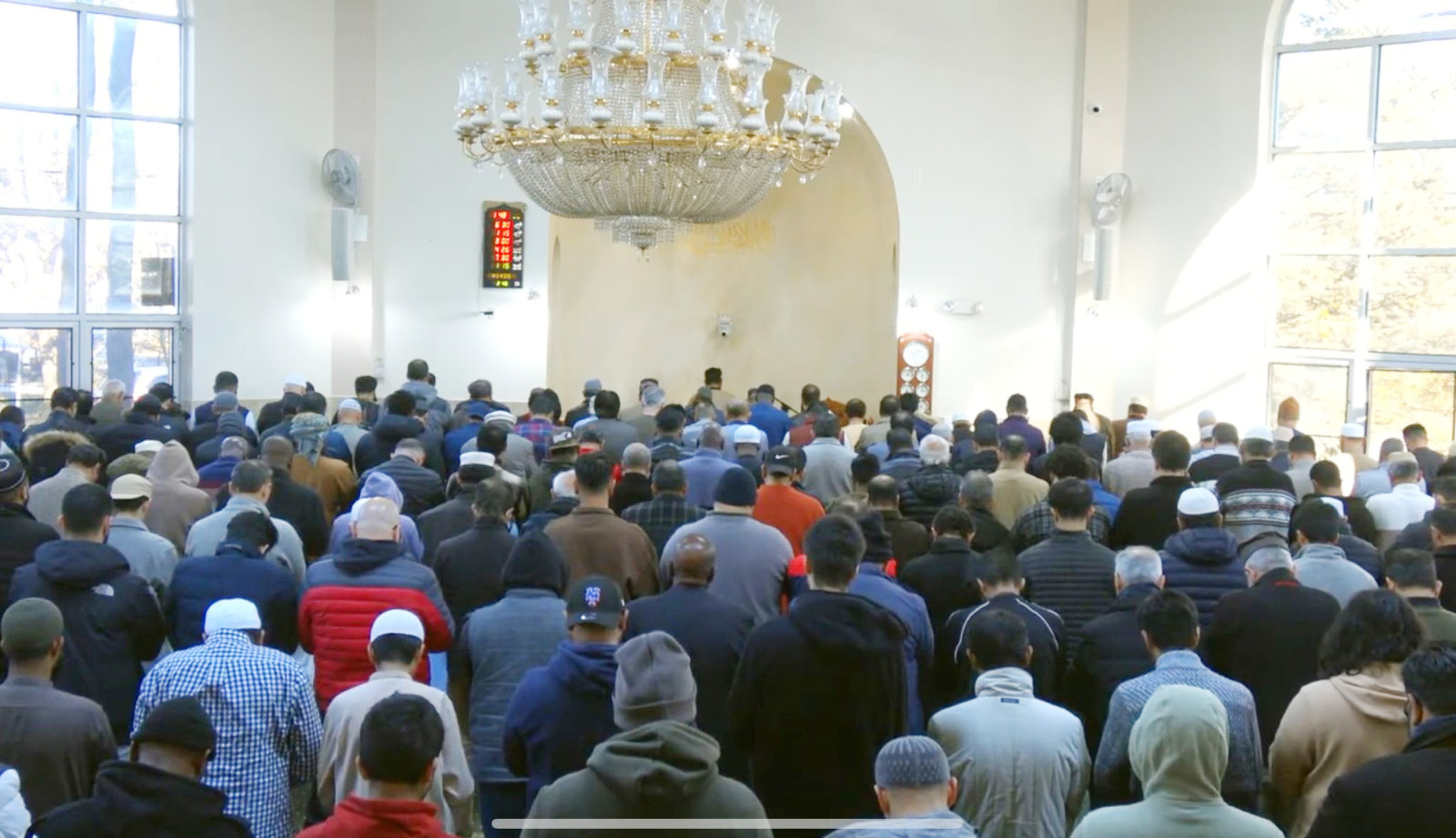Masjid Darul Quran
Tarawih and Eid Prayers
Taraweeh prayers
Here are some key points about Taraweeh prayers:Timing: Taraweeh prayers are performed after the Isha prayer, and they can be offered individually or in the congregation. Typically, Muslims pray Taraweeh at night during the month of Ramadan.
Number of Units (Rak’ahs): The number of rak’ahs (units of prayer) for Taraweeh is not fixed in the Qur’an or Hadith. However, it is commonly practiced to pray Taraweeh in sets of two rak’ahs. The total number of rak’ahs can vary, but it is often 8, 12, or 20 rak’ahs, depending on different schools of thought and local traditions.
Recitation of the Qur’an: During Taraweeh, long portions are recited. It is common for the entire Qur’an to be completed over the month of Ramadan during these prayers.
Congregational Prayers: While Taraweeh prayers can be performed individually, many Muslims choose to pray them in congregations at mosques. In mosques, the imam leads the prayer, and the congregation follows.
Laylat al-Qadr (Night of Power): One of the odd-numbered nights in the last ten days of Ramadan is believed to be Laylat al-Qadr, the Night of Power. Many Muslims specifically increase their Taraweeh prayers during these nights, seeking the blessings and forgiveness of this special night.
It’s important to note that practices regarding the number of rak’ahs and other details of Taraweeh prayers may vary among Islamic schools of thought and cultural traditions. Muslims perform Taraweeh as an opportunity for extra worship, reflection, and seeking spiritual closeness to Allah during the blessed month of Ramadan.
Please join us in Tarawee at Masjid Darul Quran with your family and friends


